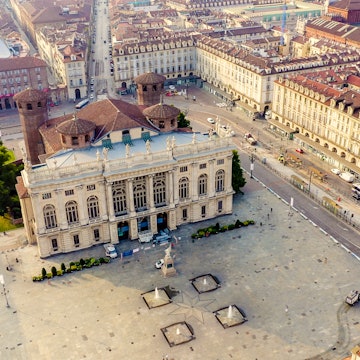
Eat Italy: learn about Italian food culture with Lonely Planet's new book

Jun 11, 2021 • 5 min read

Here's what you need to know about different places to eat in Italy © jenifoto / Getty Images
While the Italian dining scene has become increasingly sophisticated over the last few decades, incorporating new food trends such as food trucks and raw bars, the family run trattoria is still the country’s most popular eatery. Traditional dining habits also remain strong, and different venues retain clearly defined roles. One thing to remember: don’t judge a place by its decor. Fantastic food can be served anywhere in Italy. But how do you know an enoteca from a tavola calda, and which one is right for you?
Lonely Planet's new book Eat Italy is the complete companion to Italy’s cuisine and food culture, covering everything from regional specialities to restaurant etiquette and essential phrases, helping visitors get the most out of their gastronomic experience. From the frenetic energy of pizzerias to warm third-generation-run trattorias, from chic bars laden with apertivi banquets to modern osterie restaurants, this extract from Eat Italy will help you pick your dining experience according to your mood and your pocket.
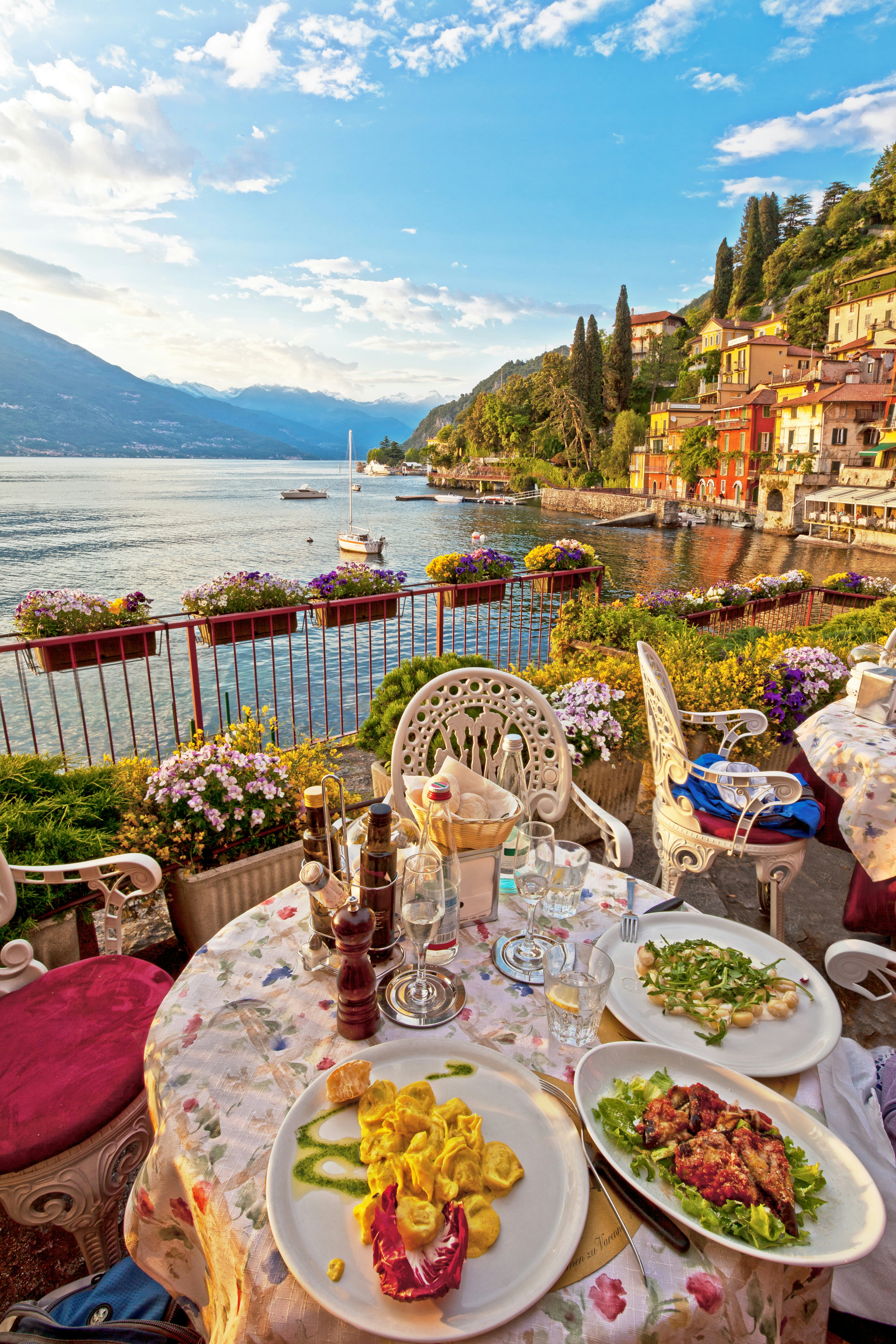
Agriturismo
An agriturismo is a working farm offering accommodations, as well as food made with farm-grown produce (some serve meals for lodgers only). They are generally very reasonably priced and rustic, serving typical local food that the farmer’s family has been cooking for years. Most are open only for dinner and weekend lunches.
Bar/caffè
The Italian bar/caffè is a wonderful institution, open all day long (usually from 7:30am to 10pm), serving breakfast pastries, lunchtime sandwiches, spuntini (snacks) and aperitivi alongside coffee, soft drinks, basic cocktails and wine. When ordering at a busy bar, do so at the till (cassa), then take your receipt and repeat your order to the bartender. If the bar is quiet and/or you are known there, the bartender make take your order and you pay at the end. There is no hard and fast rule on this – just watch what the locals do.

Birreria
Usually seen in the north of the country, a birreria is a bar that specializes in selling beer (usually local labels) alongside the usual café offerings. In the far north, don’t be surprised to see someone leaning on the bar and drinking a beer for breakfast.
Braceria and rosticceria
A braceria serves a meat-focused menu, often with a counter displaying different cuts of meat. The selected portion is then cooked to order on an open grill. In the south, many bracerie adjoin the local butcher's shop. A rosticceria (roastery) is a similar concept, but serves roasted meat instead and also offers the ubiquitous roast-chicken takeaway.
Enoteca
Italians rarely drink without eating, and you can eat well at many enoteche, wine bars that usually serve snacks such as bruschette (grilled bread topped with tomatoes), crostini (toasts with toppings) and platters of cheeses or cold meats, salads, and a few simple hot dishes.

Gelateria
Eating gelato is as much a part of Italian life as morning coffee – in Sicily, ice cream in a brioche bun is a favorite breakfast snack. In artisanal gelaterie, flavors are strictly seasonal and ingredients sourced from the best locations (pistachios from Bronte, chocolate from Turin etc). In summer, sorbetti (sorbet) and grattachecca (literally "scratched ice" topped with fruit and syrup) also hit the menu. Most gelaterie open from noon to 1am.
Osteria
In the past, osterie were family run places specializing in one dish and a vino della casa (house wine). Similar to a trattoria, their focus is on well-priced, traditional cooking. Modern osterie can be quite trendy, and usually sport short dinner-only menus featuring deceptively simple dishes based on regional ingredients.

Paninoteca
With a rough translation as a bread roll (panino) place (-teca), this is a specialist sandwich shop. Even the simplest of fillings, for example prosciutto and pecorino, can be a joy to eat. Most paninoteche are open during normal daytime hours.
Pasticceria
Italian sweets and pastries have many influences. Pastry-making was a traditional pastime of nuns, who would sell their wares on festive occasions. The Sicilian sweet tooth is influenced by Middle Eastern flavors, while chocolate was brought to Sicily and Naples by the Spaniards. In the north, pasticcerie are modelled on French patisserie parlors and Austrian cake shops. Pasticcerie also double as cafés, with sweet and savory pastry. Most open from 7am to 7pm.
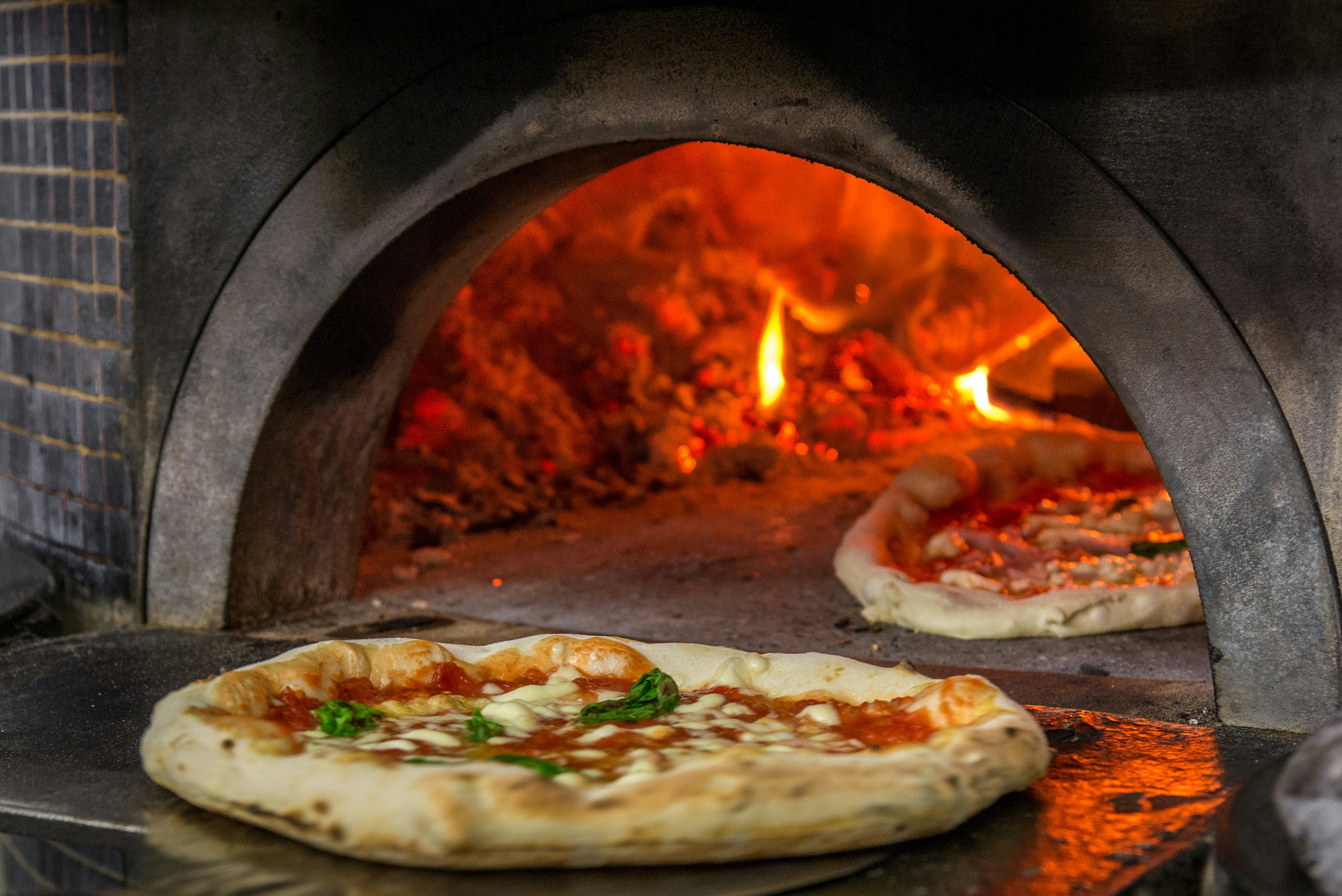
Pizzeria
Every Italian’s favorite casual (and cheap) meal is a gloriously simple pizza with a bubbling topping. Most Italians precede their pizza with a starter of bruschette (grilled bread topped with vegetables, usually tomatoes) or fritti (mixed fried foods), and wash it down with beer. Pizzerias often only open in the evening, as their wood-fired ovens take a while to get going. For a snack on the run, pizza al taglio (pizza by the slice) places are open daily.
Ristorante
For Italians, restaurants represent fine dining venues with dressed tables, smart waiter service, sophisticated menus, comprehensive wine lists and correspondingly higher prices. Italians usually reserve restaurant dining for dates or special occasions rather than everyday meals.
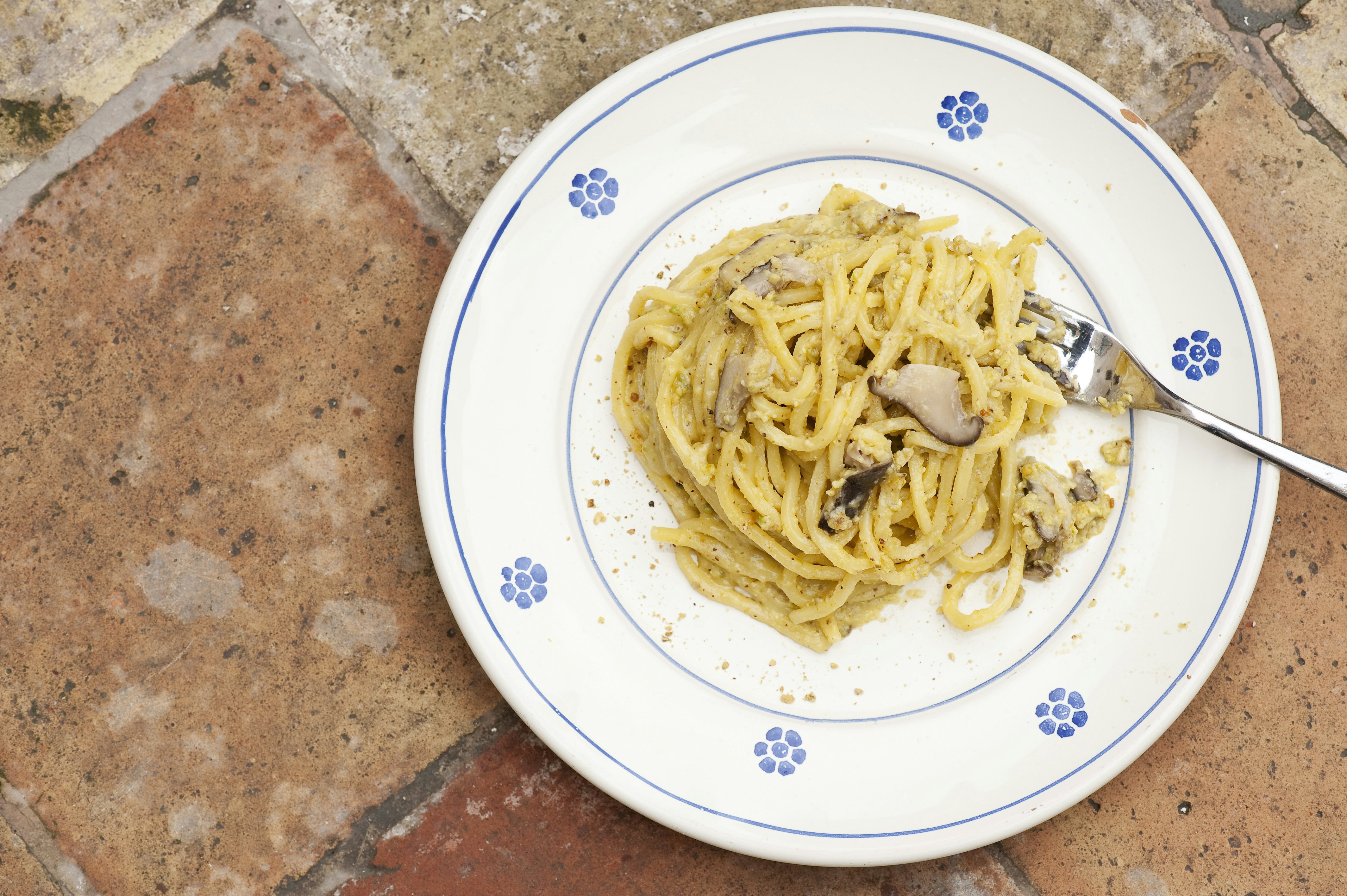
Spaghetteria
Spaghetterie are simple places that originated in the street-stalls of Naples, where punters could buy simple bowls of spaghetti with a choice of sauces. The name implies no-frills but generally delicious pasta and secondi, with correspondingly low prices. Spaghetterie are found predominantly in the south, but are less common these days.
Tavola calda
The old-school fast food venue, a tavola calda (literally "hot table") serves inexpensive pre-prepared pasta, meat and vegetable dishes which you line up for, usually with a tray, cafeteria style. Most are open all day from about 11am.
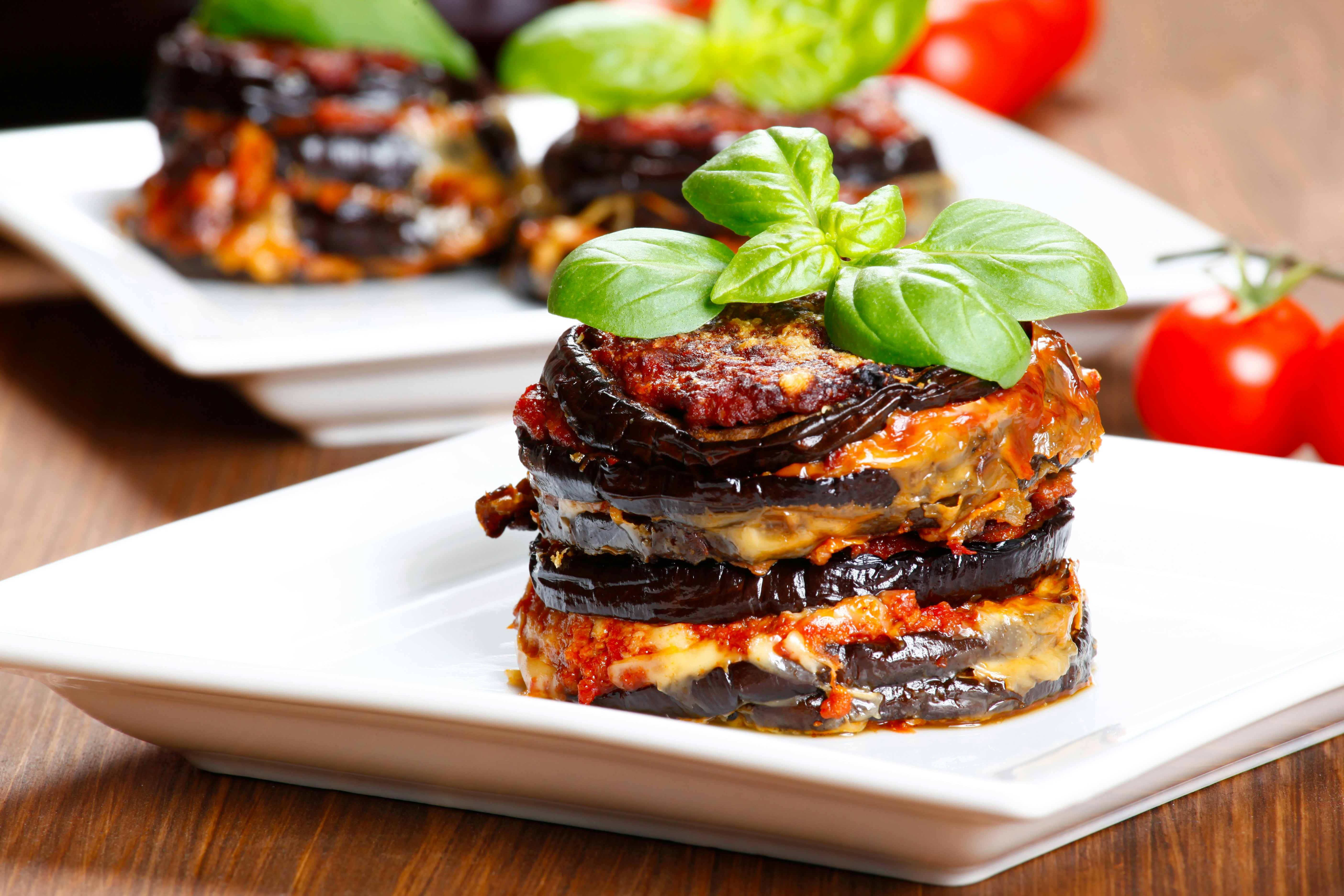
Trattoria
Traditionally, trattorias are family run places that offer a basic, affordable local menu. The food is homemade and hearty and the service down-to-earth and amiable. Quality can vary in major tourist cities, but outside of these hot spots the cooking is usually reliably good. Trattorias generally open for both lunch and dinner.
You might also like:
12 essential places to visit in Italy
The 10 best beaches in Italy
How to get around in Italy









